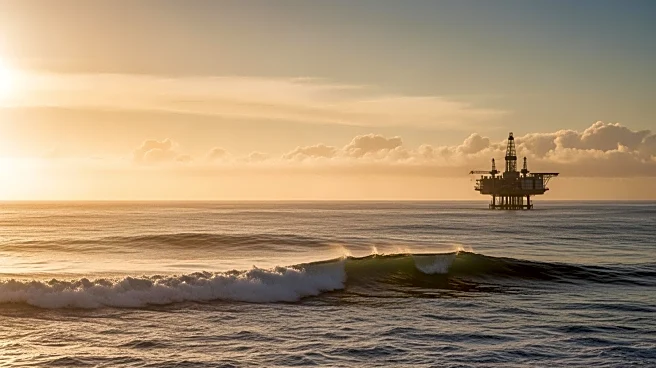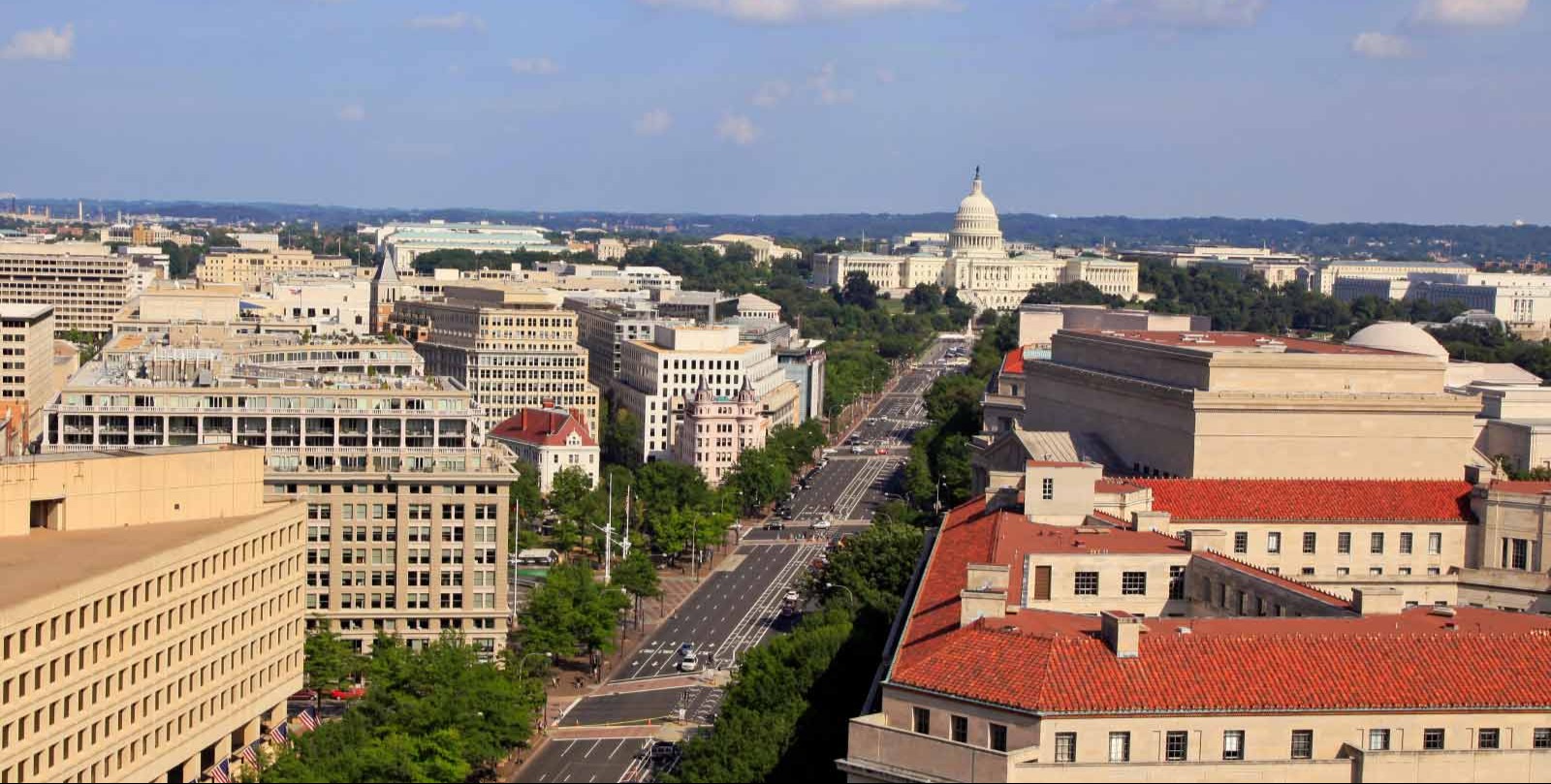What's Happening?
The Trump administration has released a draft plan proposing a broad expansion of oil and gas drilling along America's coasts, including California, Alaska, and Florida. The Department of the Interior
announced up to 34 potential offshore lease sales across 21 of 27 existing Outer Continental Shelf planning areas, covering roughly 1.27 billion acres. The plan has drawn opposition from state leaders and environmental groups, with California Attorney General Rob Bonta expressing strong opposition. The proposal includes drilling off California for the first time since 1984 and in the eastern Gulf of America, formerly known as the Gulf of Mexico. The plan aims to boost U.S. energy independence and sustain domestic oil and gas production.
Why It's Important?
The plan represents a significant shift in U.S. energy policy, prioritizing fossil fuel production over environmental concerns. It has the potential to impact coastal economies and ecosystems, with opposition from states like California and Florida. The proposal could lead to legal battles and public protests, as stakeholders contest the environmental risks associated with expanded drilling. The plan's implications extend to international climate commitments, as the U.S. skips the United Nations climate conference in Brazil, where many countries are advocating for a phaseout of fossil fuels.
What's Next?
The plan is expected to face legal challenges and opposition from environmental groups and state leaders. Public comment periods and reviews are anticipated before the plan is finalized. Stakeholders, including political leaders and civil society groups, may mobilize to contest the proposal, citing environmental and economic risks. The Interior Department's decision to proceed with the plan could lead to further debates on U.S. energy policy and its alignment with global climate goals.
Beyond the Headlines
The proposal highlights the ongoing tension between energy development and environmental conservation. It raises ethical questions about prioritizing economic gains over ecological preservation. The plan could trigger long-term shifts in U.S. energy strategy, potentially affecting international relations and climate commitments. The decision to expand drilling in previously protected areas underscores the administration's focus on energy dominance, which may influence future policy decisions.













